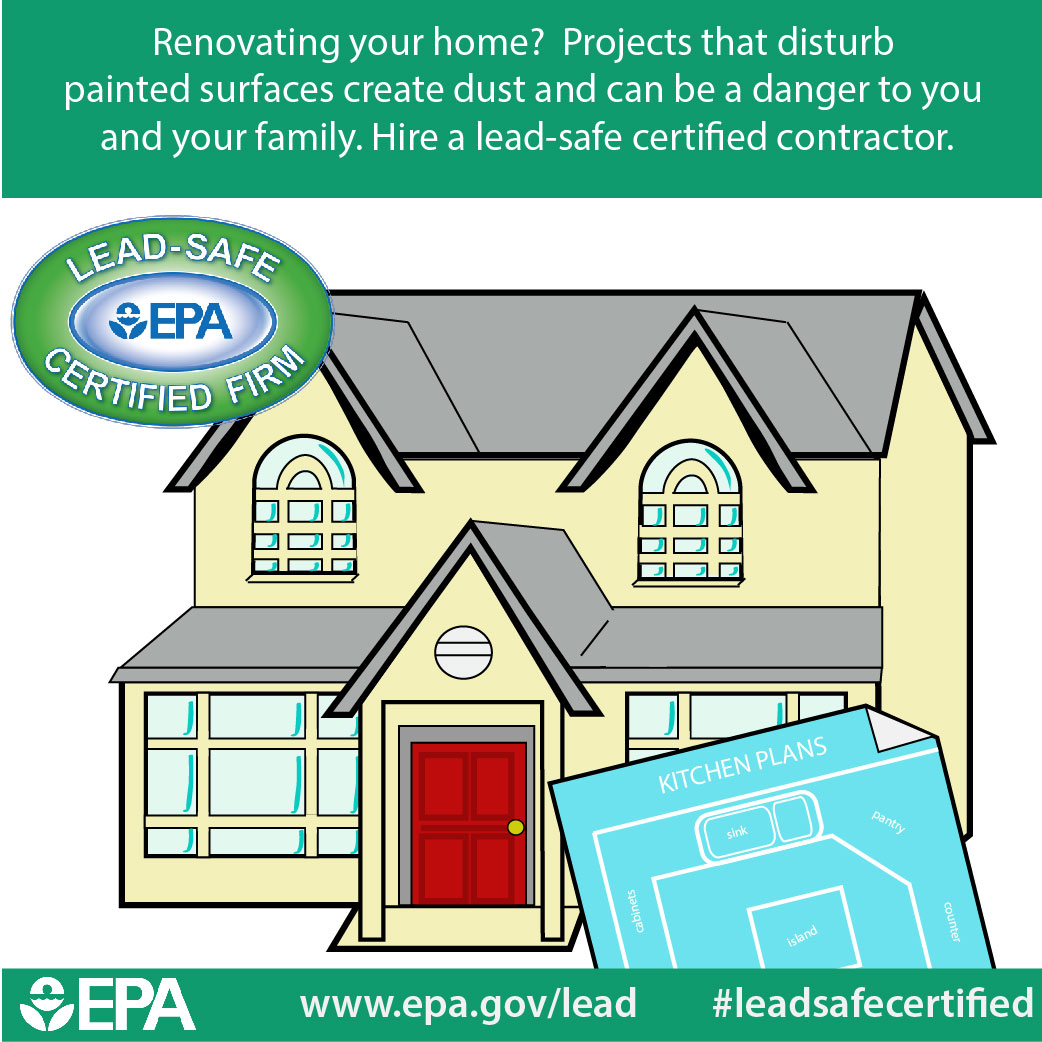Step-By-Step Overview To Preparing Your Walls For Painting
Step-By-Step Overview To Preparing Your Walls For Painting
Blog Article
Composed By-Holmgaard Tanner
When you're prepping your walls for painting, it's vital to adhere to a systematic process to guarantee a flawless finish. Begin by examining the wall for any damage; this action can make or damage your job. As soon as you've recognized any kind of issues, cleaning up the surface area appropriately is necessary, as an unclean wall can affect paint adhesion. Afterwards, Recommended Reading 'll need to spot any type of flaws and use a guide. But there are specific methods and ideas that can elevate your prep work video game-- allow's discover those more to attain the best outcomes.
Assessing Wall Surface Condition
Before you grab your paintbrush, take a minute to assess your walls' condition. Look for any type of noticeable damages like splits, holes, or peeling paint. These flaws can influence exactly how the paint sticks and looks as soon as it's completely dry. If you notice any significant damages, you'll require to focus on fixings prior to diving into painting.
Look carefully at the structure of your wall surfaces. Is the surface smooth, or exists texture that might call for special consideration? Smooth wall surfaces normally call for much less preparation, while textured surface areas may require more time to repaint equally.
Likewise, think about the previous paint work. If the old paint is shiny, it mightn't permit brand-new paint to stick correctly. You'll need to know if your wall surfaces have actually been painted with oil-based or water-based paint, as this can impact your selection of primer or paint.
Finally, remember of any moisture problems. If you see signs of water damage or mold, address these issues instantly to avoid additional difficulties.
Cleaning the Surface area
As soon as you have actually analyzed the problem of your walls, the following action is cleaning up the surface. Beginning by collecting your products: a container, warm water, a light cleaning agent, a sponge or cloth, and a scrub brush for tougher spots.
Begin at the top edge of the wall surface and work your means down. Mix the cleaning agent with cozy water in your pail, then dip the sponge or fabric right into the option. Wring it bent on stay clear of excessive dampness on the wall surfaces.
As you clean, pay very close attention to areas that could've built up dust, oil, or finger prints. For persistent stains, use the scrub brush delicately to stay clear of harming the paint underneath. Rinse your sponge or cloth often in tidy water to stop spreading dirt around.
After cleaning, it's necessary to wipe the walls with a damp fabric to get rid of any soap residue. This step ensures a smooth surface area for the new paint to abide by.
Permit the wall surfaces to completely dry completely before carrying on to the next preparation steps. This extensive cleaning procedure will certainly aid create a fresh canvas for your paint project, guaranteeing the very best results.
Patching and Priming
Patching and priming are critical steps in preparing your wall surfaces for a fresh layer of paint. First, evaluate your walls for any kind of openings, cracks, or imperfections. Make use of a high-quality spackling substance or patching paste to fill these locations.
Apply the compound with a putty knife, smoothing it out so it's flush with the surrounding surface. Permit it to dry totally, and then sand it gently up until it's smooth and even.
As soon as you have actually patched whatever, it's time to prime. Primer assists secure the patched areas, ensuring the paint sticks properly and gives a consistent coating. Choose a guide ideal for your wall surface kind and the paint you'll be making use of.
Use the guide utilizing a roller for bigger areas and a brush for edges and sides. If your covered areas are dramatically large or porous, you might want to use a 2nd layer of guide after the first one dries out.
After priming, allowed every little thing dry extensively prior to going on to paint. This prep work will not just boost the look of your walls however additionally extend the life of your paint job.
Take your time, and you'll be pleased with the results.
Conclusion
By following these basic steps, you can attain a smooth and expert surface on your walls. Start by assessing their problem, after that tidy and patch any blemishes before applying primer. Keep in mind to enable ample drying out time and ensure whatever is smooth before you dive into painting. With the right preparation, you'll establish the phase for an attractive makeover in your area. Currently, gather your products, inhale the fresh air, and prepare to paint!
